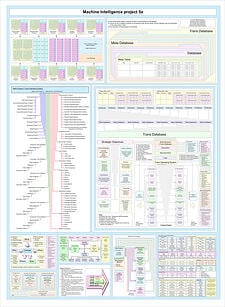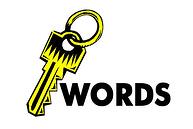
Traditionally – pre-2008 meltdown but definitely before the dot-com boom – having too many jobs in short period of time on a candidate's resume was clearly an issue for hiring authorities. They assumed the person would be a short-term employee and reduce the ROI from recruiting, onboarding, and training them.
Recruiters believed that short stints at several companies showed that the applicant wasn't committed, got easily bored, and/or was easily dissatisfied. Many resumes would be disqualified based on the job hopping factor alone.
Has anything changed? Interestingly, a lot! You will still encounter hiring authorities who have concerns when they see short stints. But here are some additional considerations that may actually work FOR you today if you have shorter stints on your resume:
1. Voluntary job hopping that isn't too abrupt is increasingly viewed as someone having a positive appetite for professional growth. They appear to thrive on expanding their horizons, professional skills, and knowledge base. Frequently, job changers who switch after 2-4 years are also considered to have skills in getting up to speed quickly in new and different corporate environments. They are also seen as having a richer and more diverse network. Conversely, having a tenure in excess of 5-8 years is now often viewed unfavorably. It is assumed that the candidate lacks ambition, creativity, and drive. However, if s/he has a strong pattern of promotions to new challenges, that may overturn the common conceptions about a too-long tenure.
2. Thanks to Gens X and Y (Millenials), many younger people have broken apart the old way of thinking. They, in general, have no dedication to the old paradigm of working one's whole life for a company and then getting the gold watch. No, that's not for them! They are highly tech savvy and have experienced the free-wheeling world of the Internet. They are nimble in their approach to work, and they want and expect to achieve job satisfaction. They also are still exploring and don't necessarily want to be too niched in any one role or industry. The agility with which these generations are working affects older workers as well.
3. The business environment has undergone a silent revolution. The pace at which companies or divisions are being acquired, merged, spun off, or simply dropped is stunning. Your job – even your career – may well be caught up in these changes. Loyalty of employers to their employees isn't a value conpanies have much anymore. Career-minded employees are now always ready to jump to the next great opportunity. Their LinkedIn profiles are built out and up to date. They welcome the right recruiter inquiries even if happily employed. They want to see what's out there that might be better. Studies have shown that people who change jobs more often get more money.
4. Everybody's doing it, so it's becoming less of a red flag and more a SOP (standard operating procedure). Here's a statistic to note: Since 1990 the percentage of people who stay on a job less than two years has jumped from 16% to 51%. Recruiters are adjusting to this new reality.
So, don't get discouraged if you've had shorter job stints. Your resume can go a long way towards turning that history into a plus for you. Good luck!









